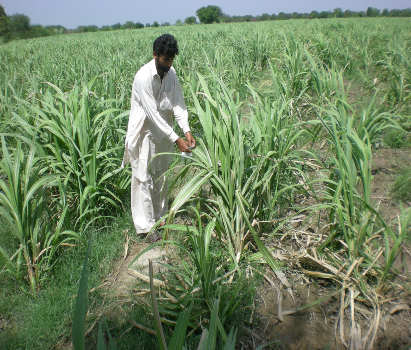A farming system is defined as a population of individual farm systems that may have widely differing resource bases, enterprise patterns, household livelihoods and constraints. With the ECI lens, farm mapping allows farmers to create detailed maps of their agricultural land. The maps usually contain land boundaries, locations of buildings, fences, gateways, and water pipes located on a farm. A farming systems map will identify areas where manure-contaminated runoff water from the livestock operation, barnyard, or manure storage comes into contact with clean water. The map may also reveal if manure is spread too close to a stream or wetland.
For farmer to take consideration of various facets of landforms like altitude, relief, slope, the direction of slope, and the drainage. For this, contour maps help the farmers to understand the above characteristics of the landforms. These maps prove to be of great use in the planning for a region too. Soil mapping involves locating and identifying the different soils that occur, collecting information about their location, nature, properties and potential use, and recording this information on maps and in supporting documents to show the spatial distribution of every soil.
Farming systems mapping through GIS can substantially help in effective crop yield estimates, soil amendment analyses, erosion identification and remediation. More accurate and reliable crop estimates help reduce uncertainty.


